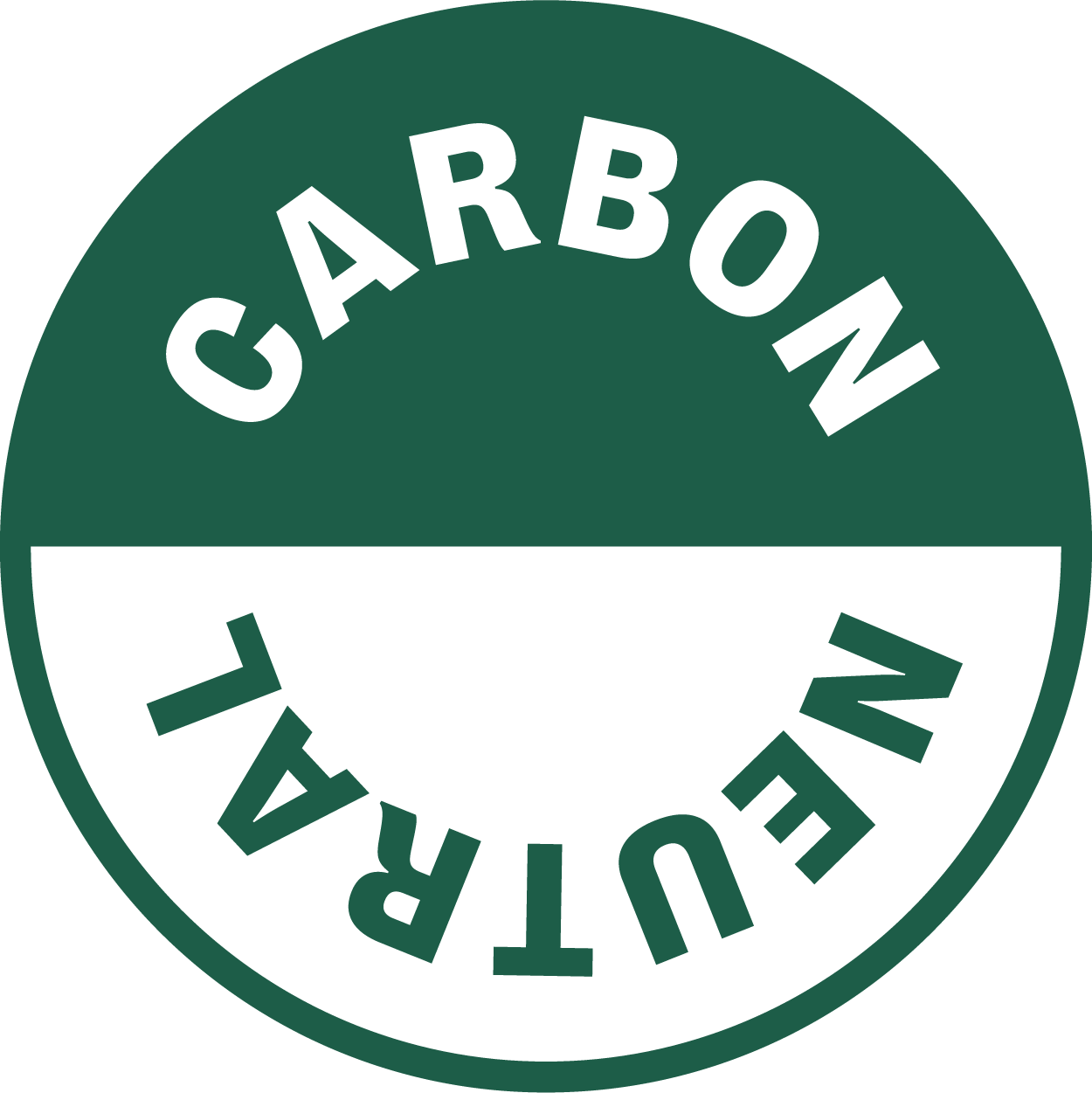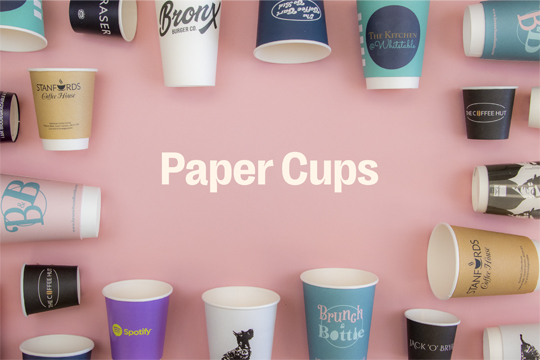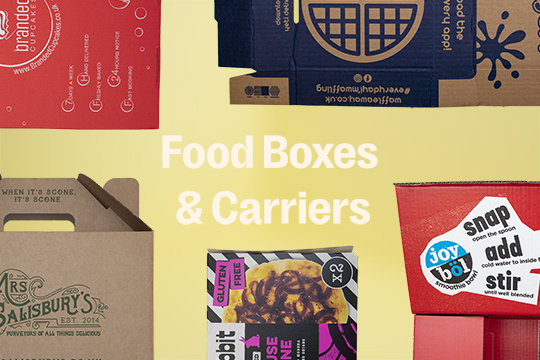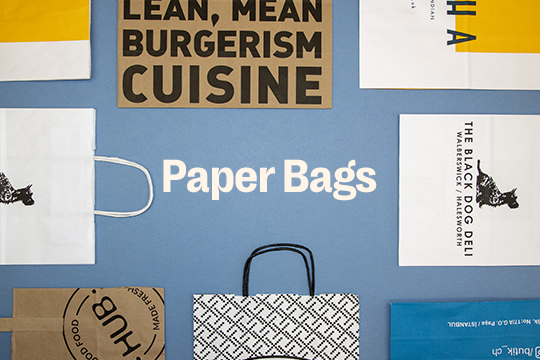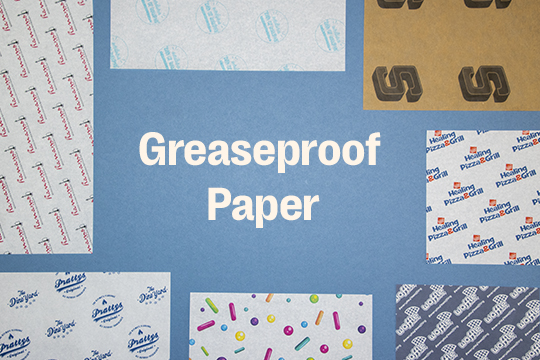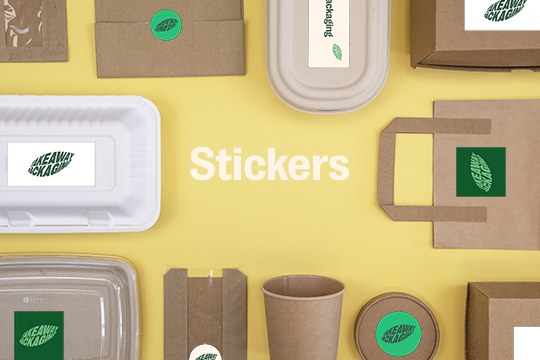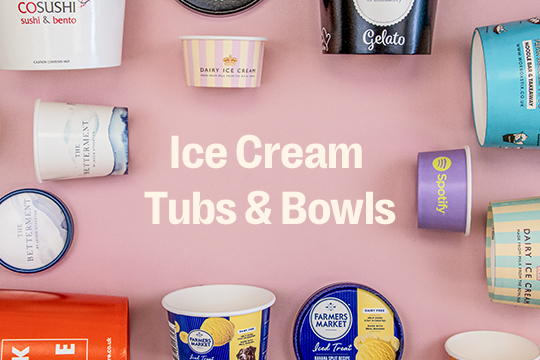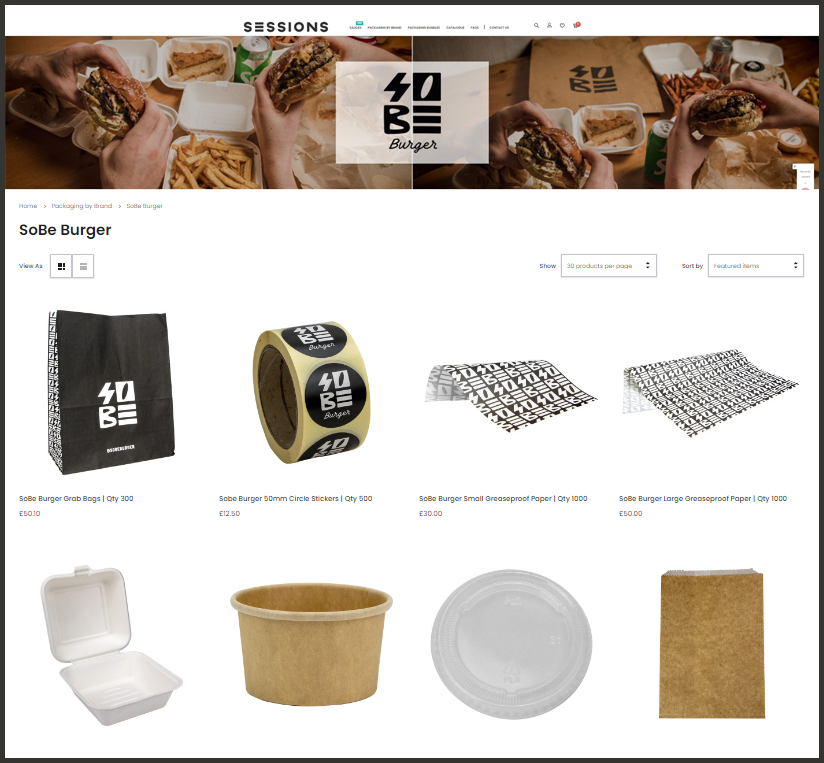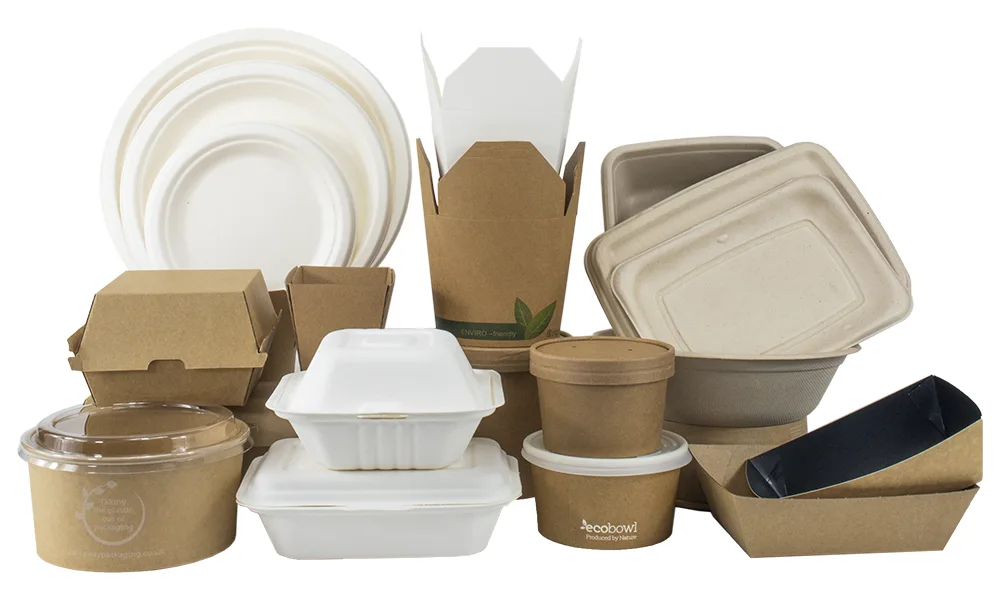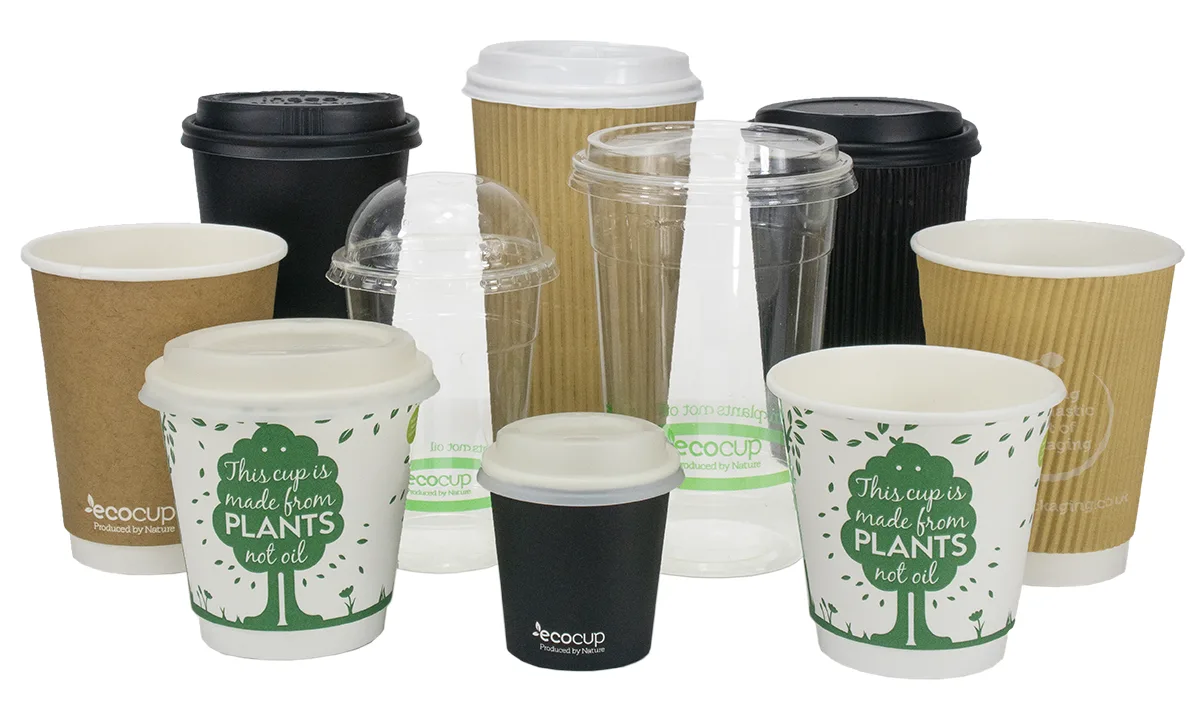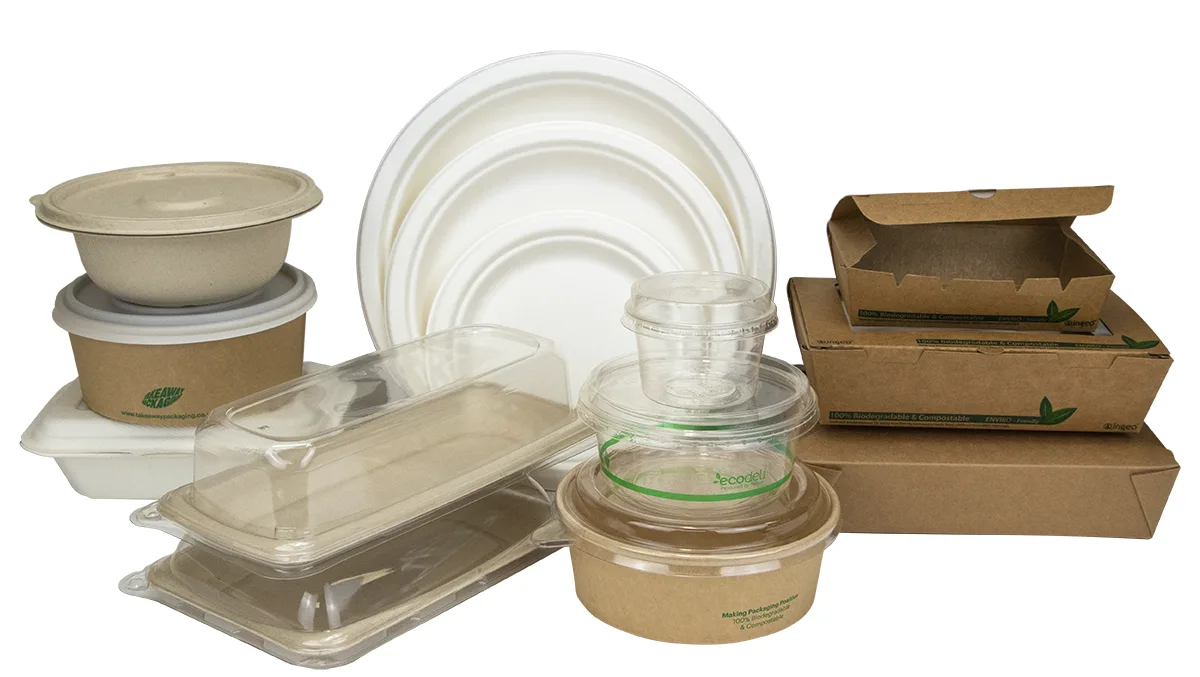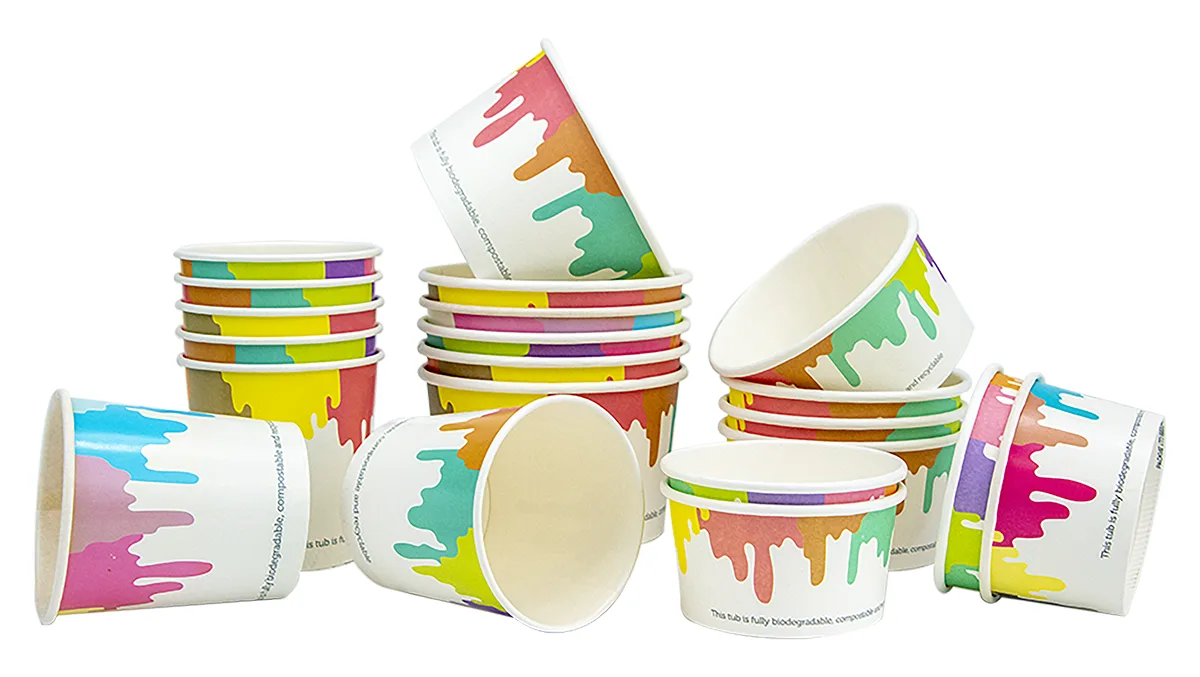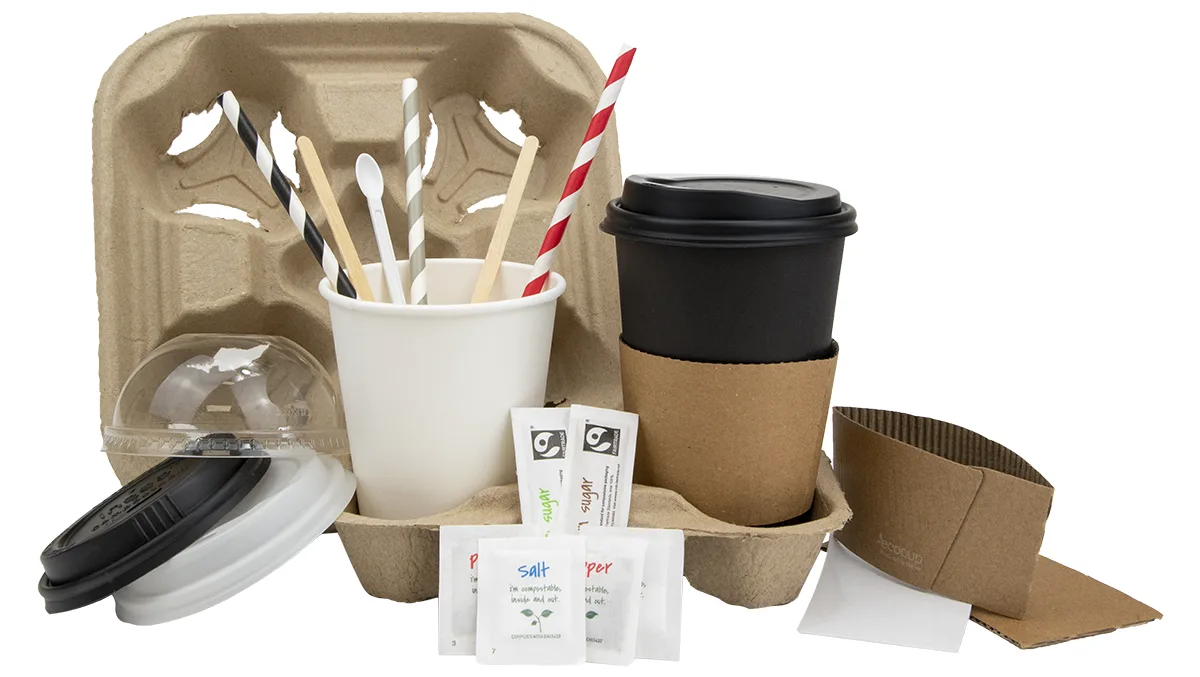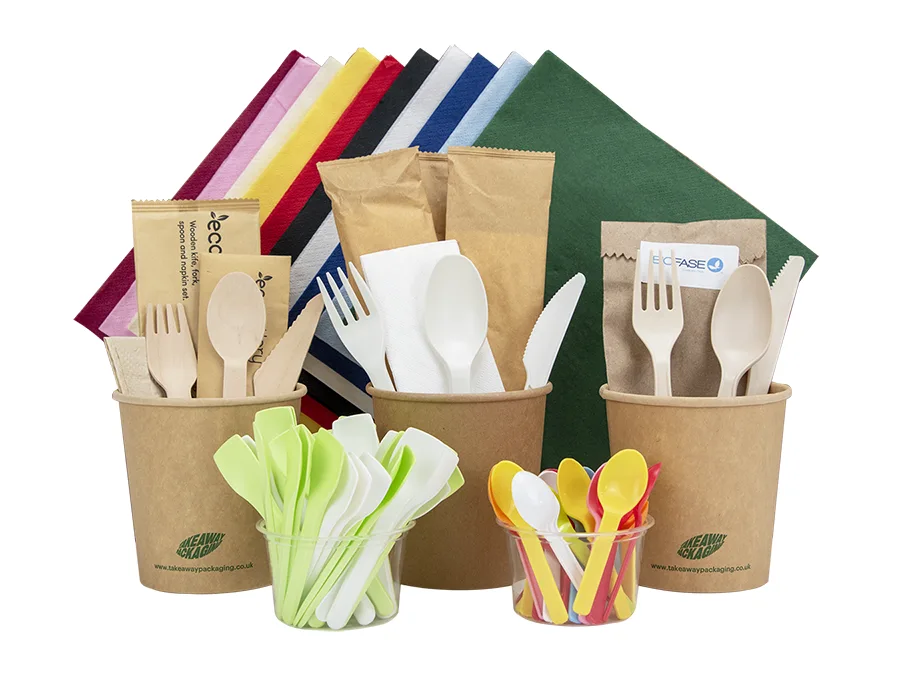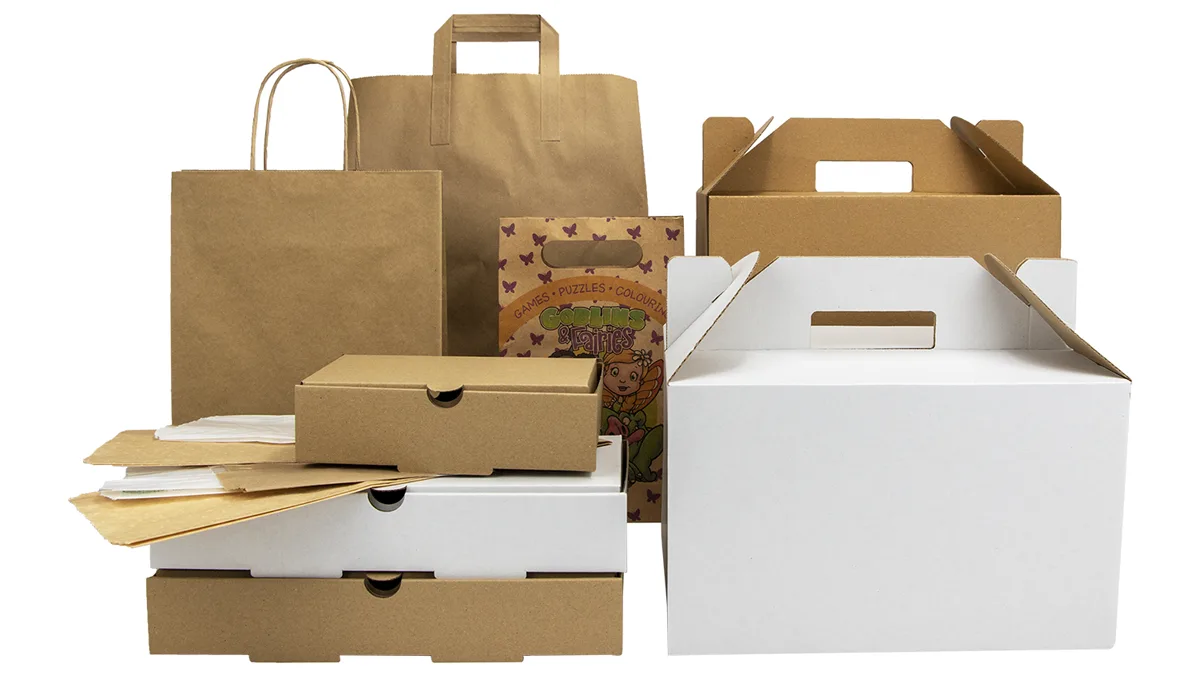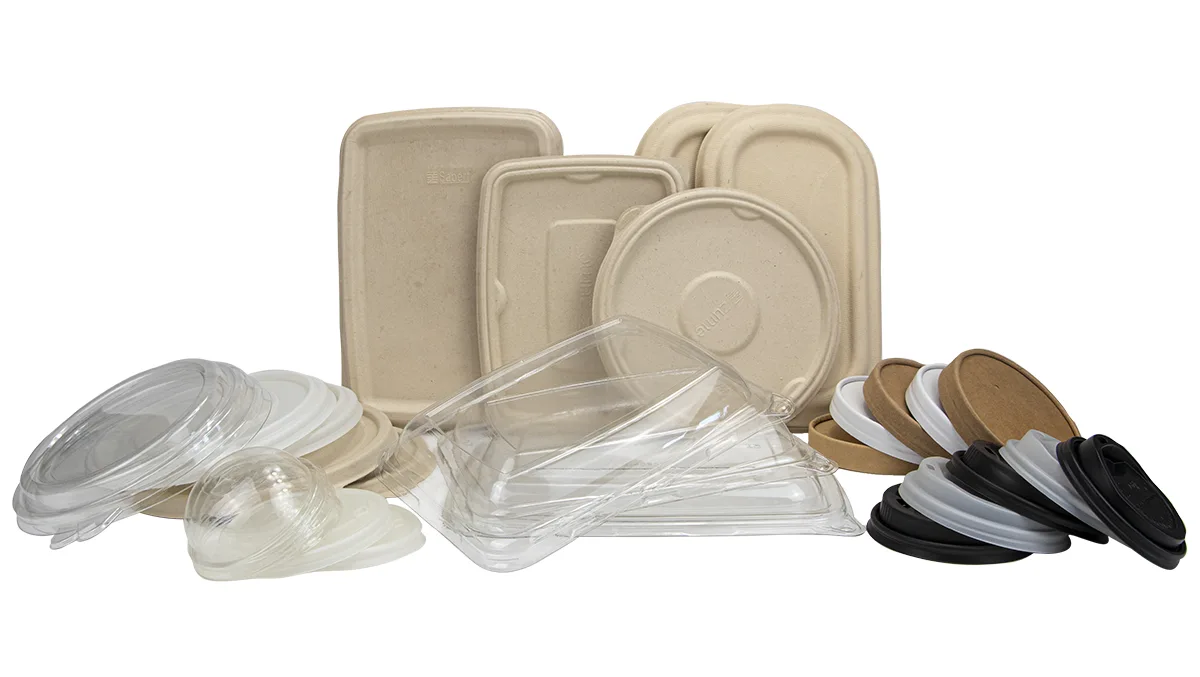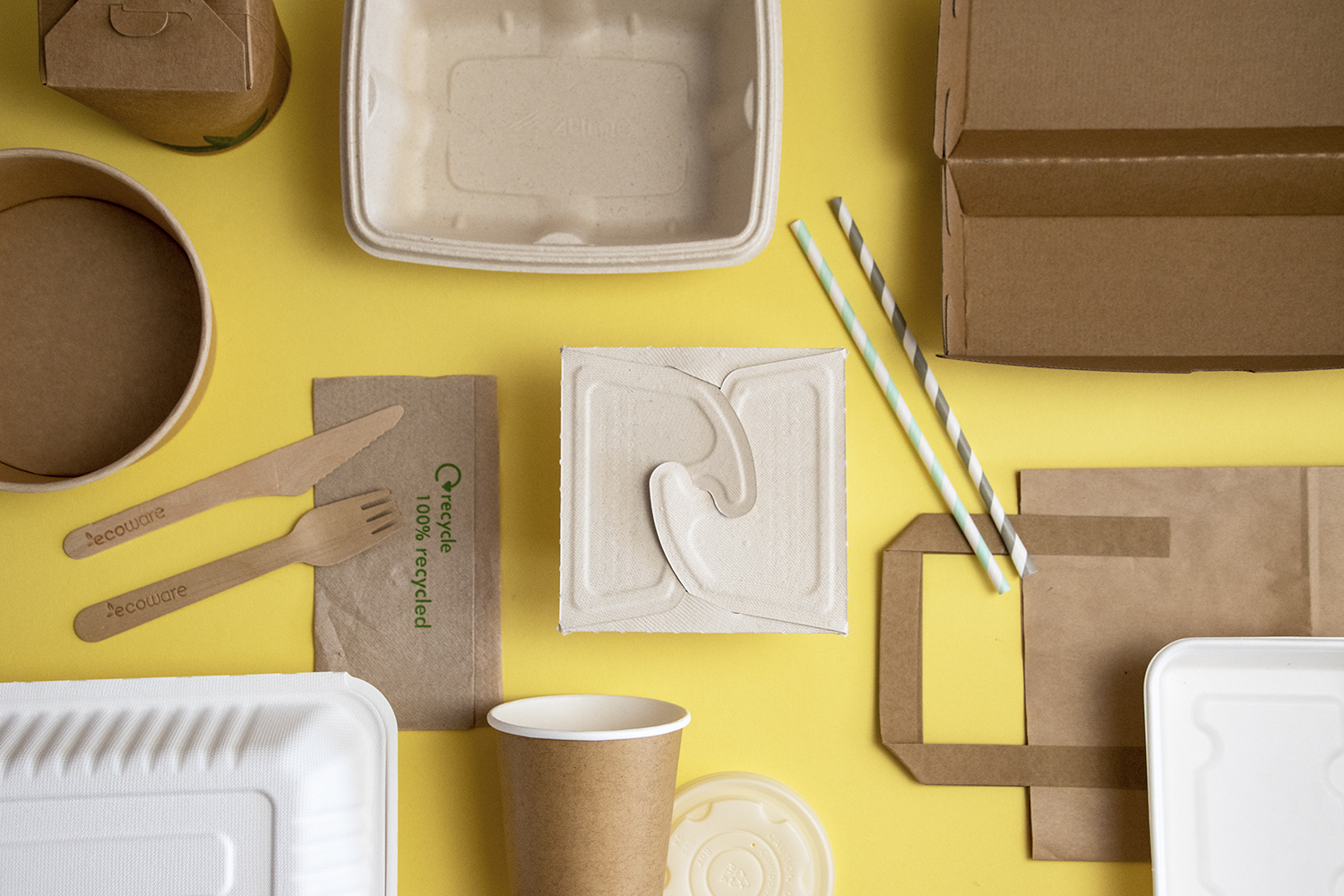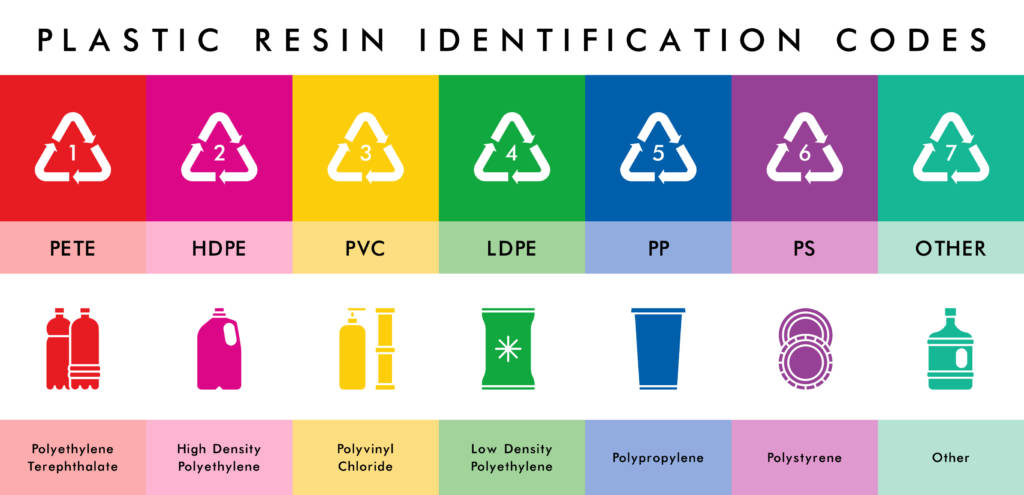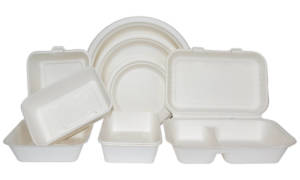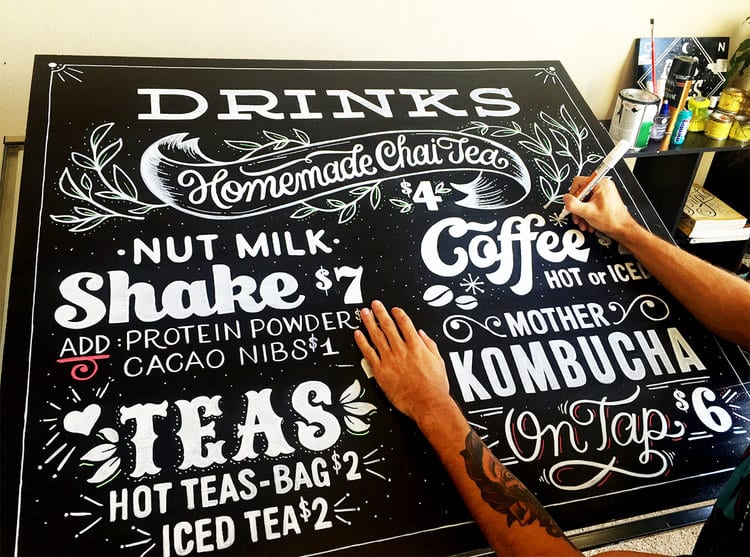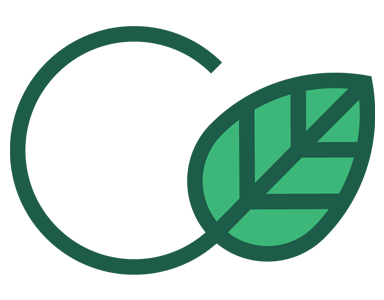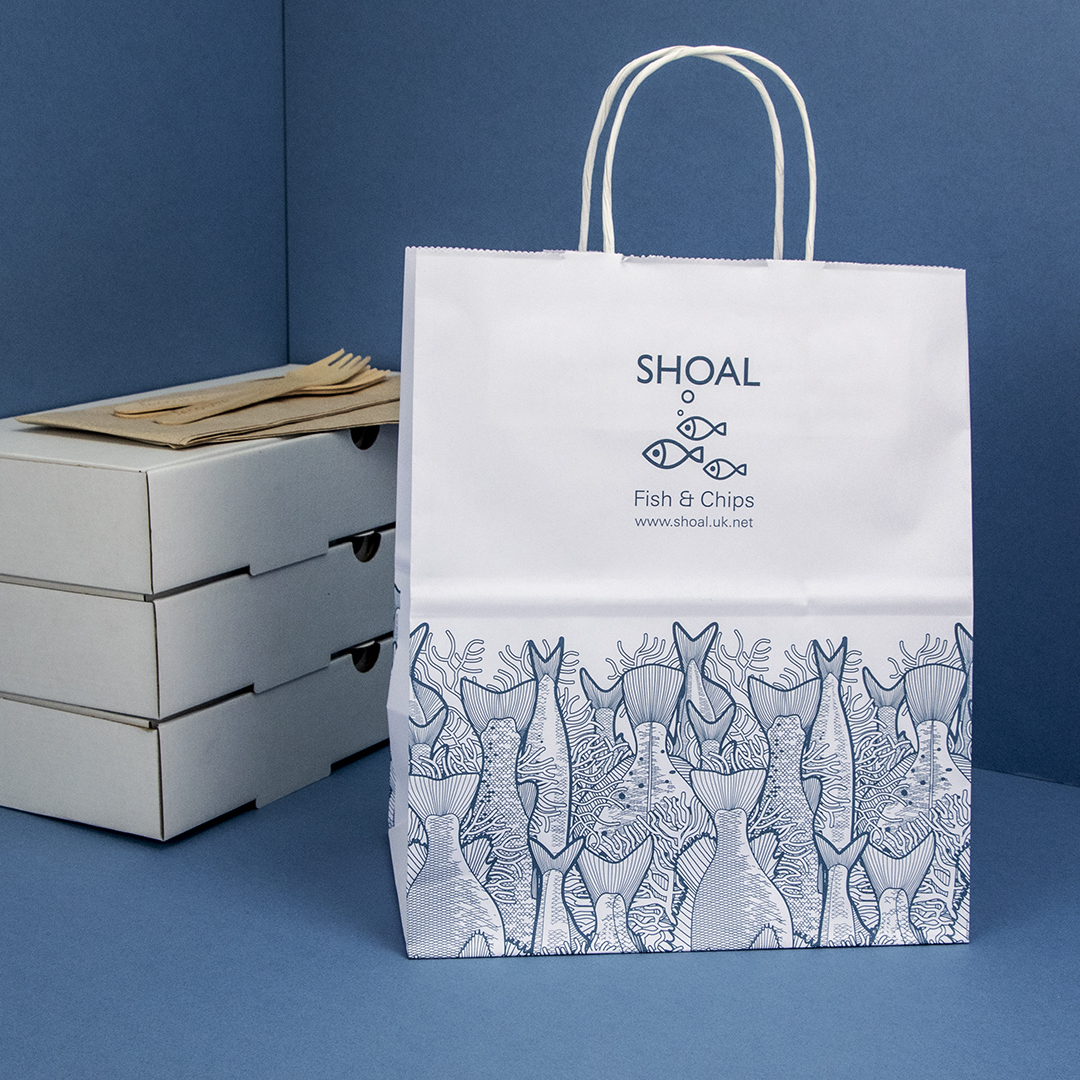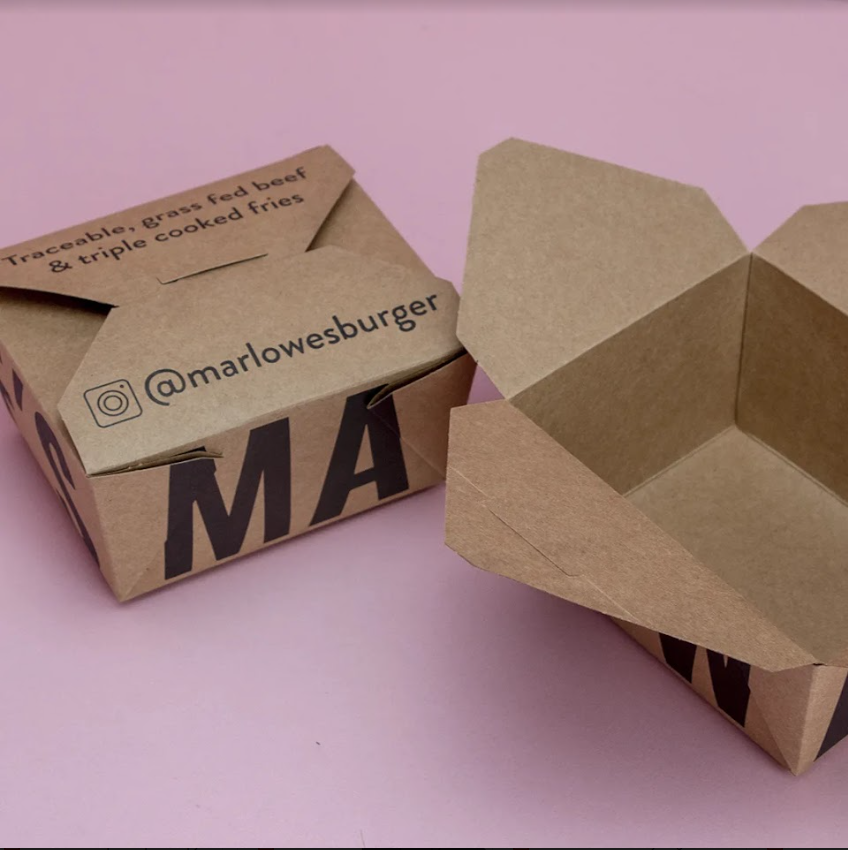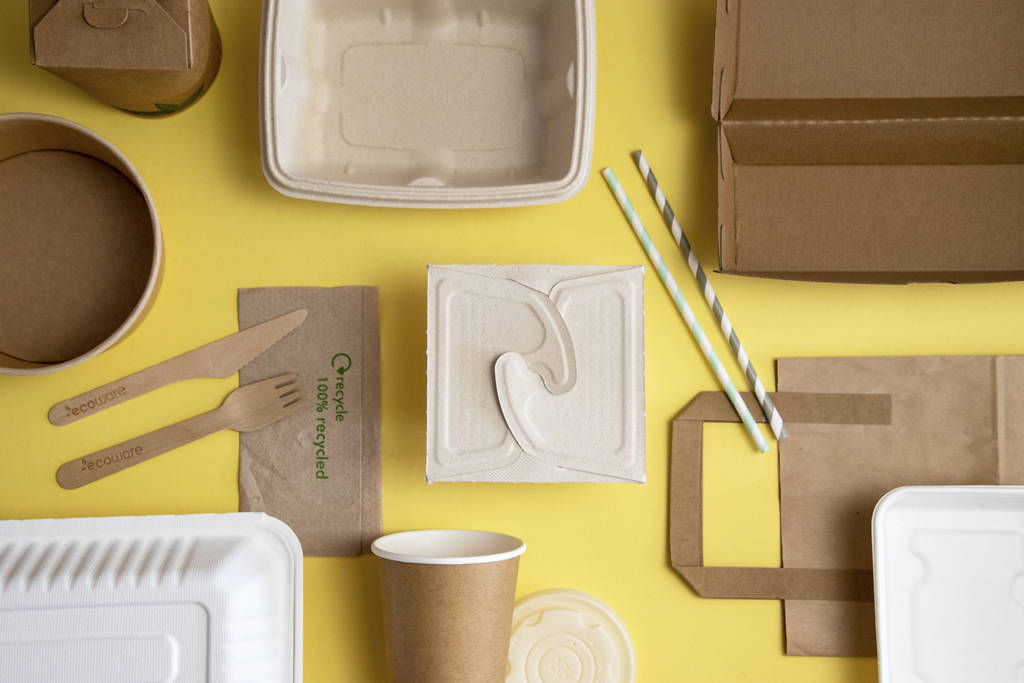
Over the past decade, there has been rising concern over climate change and environmental protection. A recent study found that 65% of Brits think climate change is a serious problem — a significant increase from a few years ago.
People are consciously making more sustainable choices, such as recycling food containers and cups and selecting products with sustainability in mind.
But the world of sustainable food packaging can be a bit confusing.
What Are the Different Types of Sustainable Food Packaging?
There are three main types of sustainable food packaging:
But what’s the difference? Is one more sustainable than the others?
There are some key differences between these types of sustainable packaging. And if you’re wondering — it does matter which bin you’re putting your waste in. Here, we break down the best options of sustainable packaging, comparing their advantages and overall impact on the environment.
Recyclable Food Packaging
Recyclable packaging uses materials that can be reprocessed to create new products. Repurposing these materials prevents them from being thrown into a landfill or incinerated, producing toxic chemicals, metals and air pollutants.
You can recycle glass and metal multiple times, but you can only recycle plastic once or twice. Plastic is cheaper to produce than glass or metal, but its finite lifespan greatly outweighs its other benefits.
What’s more, recycling food packaging incorrectly contaminates recyclable waste, making recycling plastic food packaging tricky.
Myth bust: You know that little recycling symbol you use to distinguish between recyclable products? It’s a resin identification code for the plastic, not a sign that you can recycle the item.
Compostable Food Packaging
Compostable packaging is made from organic materials. It avoids hazardous chemicals used in plastic production and is created by processing naturally renewable resources.
Examples of compostable food packaging include Kraft and bagasse, two eco-friendly materials that share many of the same qualities as plastics without any environmental drawbacks.
The only downside to compostable packaging is that there are only 50 industrial facilities in the UK that are able to process it. However, a lot of products are home compostable, making it easy to dispose of your packaging in your garden or by using a compost bin.
Because compostable packaging is made from organic materials, it is designed to decompose in around six to twelve weeks in appropriate conditions. It has the twofold advantage of disintegrating quickly and enhancing soil quality.
Related: Celebrating Compost Week with Compostable Food Packaging
Biodegradable Food Packaging
Biodegradable packaging materials also break down naturally over time, but the disintegration process typically takes a little longer — usually around six months, depending on the materials used.
There are many biodegradable packaging options available; however, biodegradable plastics are petroleum-based, like conventional plastic, which can take a while to break down. They leach harmful chemicals back into the environment and typically end up as hazardous microplastics.
Bioplastics — like our bioplastic cups — are derived from organic, plant-based materials like polylactic acid (PLA). They break down without harmful chemicals into the atmosphere, no matter how they’re disposed of.
Related: Advantages of Bioplastic Packaging
Recyclable vs Compostable vs Biodegradable Food Packaging
It’s all very well knowing the differences between these types of sustainable food packaging, but what is the best choice for your product?
The polystyrene food containers commonly used in the takeaway industry are unrecyclable and are also a breeding ground for bacteria. That’s why it’s a bad idea to microwave last night’s cheesy chips for lunch.
Let’s look at some greener food packaging alternatives that are more ecologically friendly.
Fastpac Reusable Containers
If you’re searching for a durable food container – look no further. Fastpac reusable containers are leakproof, stackable and incredibly hard-wearing. You can even put these containers in the microwave freezer and dishwasher, meaning you can re-use them again and again. The best part is – at the end of their lifespan – they’re 100% recyclable, so you can throw them in with your recycling guilt-free.
Recyclable bowls & lids are also the way to go, suitable for hot and cold foods and fully recyclable post-takeaway.
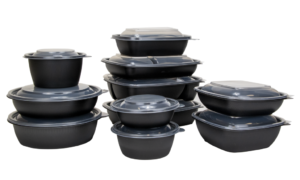 |
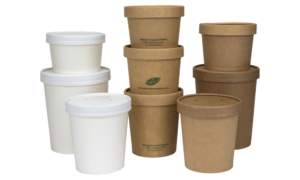 |
Bagasse Clamshell & Tableware
Move aside polystyrene packaging, bagasse clamshell & tableware is the 100% plastic-free alternative. Made from Bagasse sugarcane by-product, the natural fibres don’t absorb oil or water – keeping food fresh for longer. Suitable for chilled or hot food, these clamshells are made from renewable, natural materials and are compostable after use.
Various sizes are available in our bagasse range, not to mention compartment meal boxes that can keep your tasty bites separate.
Eco Cups
Are you in the hot drinks and beverages business? Make a switch to eco cups that are 100% commercially compostable, biodegradable and just as functional as plastic cups. Sourced from sustainably managed forests, these cups are lined with a plant-based Ingeo™ PLA and even come in a clear bioplastic range. Manufactured using plants and not fossil fuels like oil, become keener on being greener.
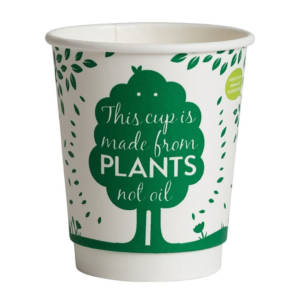 |
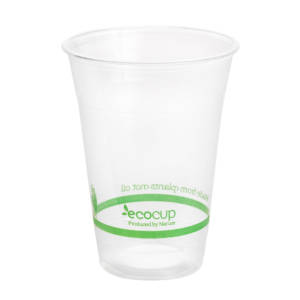 |
There’s a biodegradable container or accessory for any food or beverage, even ice cream tubs and bioplastic cutlery, which has a carbon footprint of 75% less than regular plastic.
Going eco-friendly with sustainable packaging is easy and affordable. Why not take that extra step and impress your customers by supporting the green scene?
Looking for Eco-Friendly Food Packaging?
We’re all looking for little ways to protect the planet. Although each type of sustainable packaging has its advantages, compostable food packaging comes out on top. It positively affects the environment without damaging delicate ecosystems, allowing consumers to enjoy a better way to enjoy takeaway food.
Takeaway Packaging is passionate about sustainability. We offer recyclable, compostable and biodegradable food packaging to cater to your green needs. Check out our online shop and switch to eco-friendly packaging.
We’re officially carbon neutral now, too. Find out more about what that means here.

